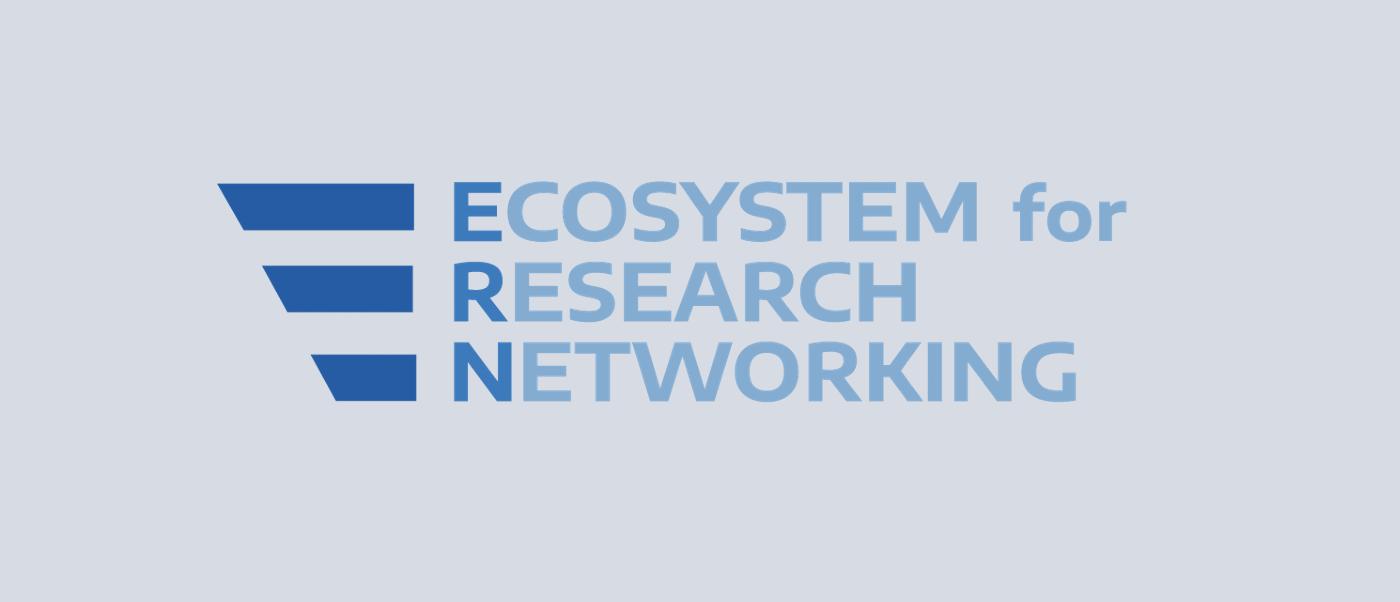
MGHPCC contributes to three ERN papers outlining projects seeking to increase cooperation on technical, policy, and business issues while lowering barriers to broader access.
The Ecosystem for Research Networking (ERN, formerly the Eastern Regional Network) is an organization that provides a convening space for people who use and manage campus and regional research compute, data, storage, and network resources seeking to advance research, pedagogy, and innovation in the research computing space. At this year's Practice and Experience in Advanced Research Computing Conference (PEARC '22) held in Boston July 10-14, ERN presented three papers advancing ERN's goal of lowering barriers to computationally intensive cross-institutional research. The MGHPCC is a member of ERN.
One paper, “The ERN Cryo-EM Federated Instrument Pilot Project,” addresses technical issues related to the sharing of data created by the Cryogenic Electron Microscope (Cryo-EM), which supports the work of hundreds of researchers. The paper outlines a project that seeks to simplify remote access to Cryo-EM facilities through the ERN Federated OpenCI Lab’s Instrument CI Cloudlet design. It also supports workflows for data movement, edge computing, and campus or cloud computing in order to process the large amounts of data that these instruments generate. The goals of the project include fostering team science and expanding access to this valuable, sought-after instrumentation.
A second paper, “Federating CI Policy in support of Multi-institutional Research: Lessons from the Ecosystem for Research Networking,” focuses on the creation of a federated CI policy and the alignment of institutional policies and governance procedures to support scientific collaboration and distributed research. This work complements the technical efforts of ERN by examining ways to simplify inter-campus collaboration on issues such as security and regulatory compliance.
The third paper, “Broadening the Reach for Access to Advanced Computing: Leveraging the Cloud for Research,” seeks to advance the democratization of computationally intensive research by leveraging cloud computing. A Broadening the Reach (BTR) working group is reaching out to understand the needs of the nearly 2,000 public and private colleges and universities located in the Northeast, the majority of which are small to medium size. It is also exploring how ERN can be more inclusive and have the broadest impact across multiple research disciplines, pedagogical approaches, and university and college stakeholders.
Papers
Maureen Dougherty, Michael Zink, Barr von Oehsen, Kenneth Dalenberg, Bala Desinghu, Jason Kaelber, Jeremy Schafer, John Goodhue, Wolf Hey, Morgan Ludgwig, Boyd Wilson, and Cole McKnight, Cole (2022), The ERN Cryo-EM Federated Instrument Pilot Project, PEARC '22: Practice and Experience in Advanced Research Computing, July 2022, doi: 10.1145/3491418.3535141
Melissa Cragin, Ron Hutchins, Maureen Dougherty, James Barr von Oehsen, Michael Zink, D. Balamurugan, and John Goodhue (2022), Federating CI Policy in Support of Multi-Institutional Research: Lessons from the Ecosystem for Research Networking, PEARC '22: Practice and Experience in Advanced Research Computing, July 2022, doi: 10.1145/3491418.3535167
Forough Ghahramani, John Hicks, Barr von Oehsen (2022), Broadening the Reach for Access to Advanced Computing: Leveraging the Cloud for Research, PEARC '22: Practice and Experience in Advanced Research Computing, July 2022, doi: 10.1145/3491418.3535143